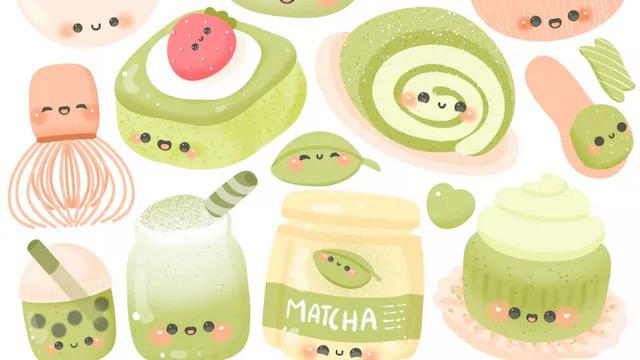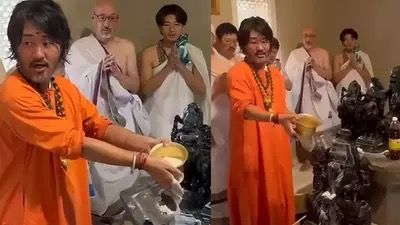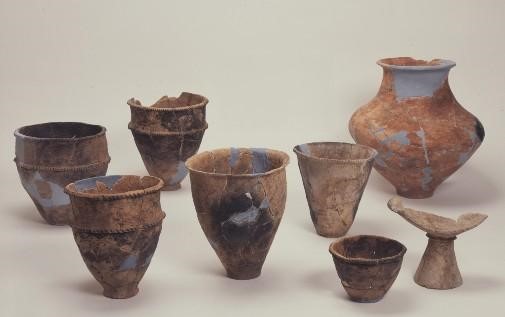In a rapidly globalizing world, cultural boundaries are becoming increasingly fluid—and nowhere is this more evident than in the lives of Indian Gen Z and millennials. Among the many international influences, Japanese culture has carved a unique and vibrant niche in India. From the soft pastel aesthetics of kawaii (cute) culture to the mindful rituals surrounding matcha (green tea), young Indians are embracing elements of Japanese lifestyle with enthusiasm, curiosity, and a deep sense of connection.
The Allure of Aesthetics: Rise of Kawaii Culture
The Japanese term kawaii, meaning “cute” or “adorable,” is more than just a style—it’s a cultural phenomenon that embodies softness, innocence, and joy. Over the past few years, kawaii fashion, stationery, art, and character-based merchandise (like Hello Kitty, Rilakkuma, and Sanrio icons) have taken social media and shopping trends in India by storm.
Indian Gen Z influencers and creators on Instagram and Pinterest are curating “kawaii” corners in their rooms, using pastel-colored organizers, anime posters, plushies, and LED lights. The trend reflects a growing desire for comfort, expression, and emotional well-being—something that kawaii culture deeply embodies.
Even in the world of fashion, Harajuku-style clothing—featuring oversized silhouettes, colorful accessories, and playful prints—is finding its way into Indian streetwear scenes and campus wardrobes.
Matcha, Mindfulness, and Modern Tea Culture
At the other end of the cultural spectrum is matcha, the finely ground powder of specially grown green tea leaves, traditionally used in Japanese tea ceremonies. In urban India, matcha has transcended its ceremonial roots and become a symbol of health, mindfulness, and trend-forward living.
Cafés in cities like Delhi, Mumbai, and Bengaluru now offer matcha lattes, matcha cheesecakes, and matcha-infused smoothies. Influencers post about their morning routines featuring a bowl of frothy matcha instead of coffee, reflecting a shift toward slow living, wellness, and Eastern philosophies of balance.
This growing interest in matcha also signifies a deeper appreciation for rituals and intentionality. Many young Indians are exploring the traditional Japanese tea ceremony as a form of meditation and cultural learning, not just for Instagram-worthy content.
Anime, Manga, and Otaku Fandoms
No conversation about Japanese influence is complete without acknowledging the unstoppable wave of anime and manga in India. Once considered niche, anime has exploded in popularity, thanks to platforms like Netflix, Crunchyroll, and even YouTube. Titles like Naruto, Attack on Titan, Jujutsu Kaisen, and Demon Slayer have dedicated Indian fan bases who not only binge-watch series but also participate in cosplay, fan art, and discussion forums.
Anime and manga have shaped creative expression, fashion choices, and even language among Indian youth. Phrases like “senpai,” “kawaii,” or “baka” have entered casual conversations among fans. Beyond entertainment, the themes of resilience, honor, and inner strength resonate deeply with young Indians navigating a complex, competitive world.
J-Beauty and Skincare Trends
Japanese skincare products, known for their simplicity, effectiveness, and focus on hydration, are gaining traction in the Indian beauty market. Brands like Shiseido, DHC, and Hada Labo have become cult favorites among skincare enthusiasts. The appeal lies in J-beauty’s “less is more” approach—focusing on nourishing the skin rather than layering makeup.
This skincare philosophy aligns well with the increasing awareness among Indian millennials and Gen Z about sustainable beauty, clean ingredients, and long-term skin health.
Culinary Curiosity: Sushi, Ramen, and Beyond
Japanese cuisine, once considered exotic, is now a sought-after culinary experience among India’s food-loving youth. Sushi bars, ramen pop-ups, and izakaya-style dining are expanding across major cities. Food bloggers and YouTube chefs are experimenting with Japanese recipes at home—from tempura to onigiri—with a desi twist.
Japanese food appeals not just for its taste but also for its aesthetic presentation and mindful preparation. Bento boxes, for example, are being reinterpreted as Instagram-friendly lunchboxes filled with creativity, color, and balance.
Tech, Minimalism, and Wabi-Sabi
Beyond pop culture and food, Japanese design principles are influencing how young Indians think about lifestyle and space. Concepts like wabi-sabi—the beauty of imperfection—and ma—the space between things—are finding their way into interior design, home décor, and even digital aesthetics.
Minimalist living, inspired by Japanese tidying expert Marie Kondo, is becoming aspirational among Indian urbanites. Decluttering, focusing on essentials, and building intentional spaces have become part of a larger mental health and productivity conversation.
Cultural Crossroads: More Than Just a Trend
What makes the Japan-to-India cultural journey unique is that it’s not just about surface-level consumption—it’s a two-way curiosity. Indian youth are not only adopting elements of Japanese culture but are also eager to learn about the philosophies, history, and values behind them.
Japanese language learning has surged, with students enrolling in online JLPT (Japanese Language Proficiency Test) prep courses and universities offering electives in Japanese studies. This growing linguistic bridge hints at a deeper cultural integration that could have future implications in education, travel, and employment.
Final Thoughts
From kawaii characters decorating notebooks to the calming rituals of matcha in the morning, Japanese culture has woven itself into the daily lives of Gen Z and millennials in India. It is a reflection of a generation seeking joy, balance, creativity, and connection in an increasingly fast-paced world.
This cultural convergence is not just a trend—it’s a quiet revolution of values, aesthetics, and identity. As Indian youth continue to explore and reinterpret Japanese culture in their own way, they are building bridges across borders—one cup of matcha at a time.















